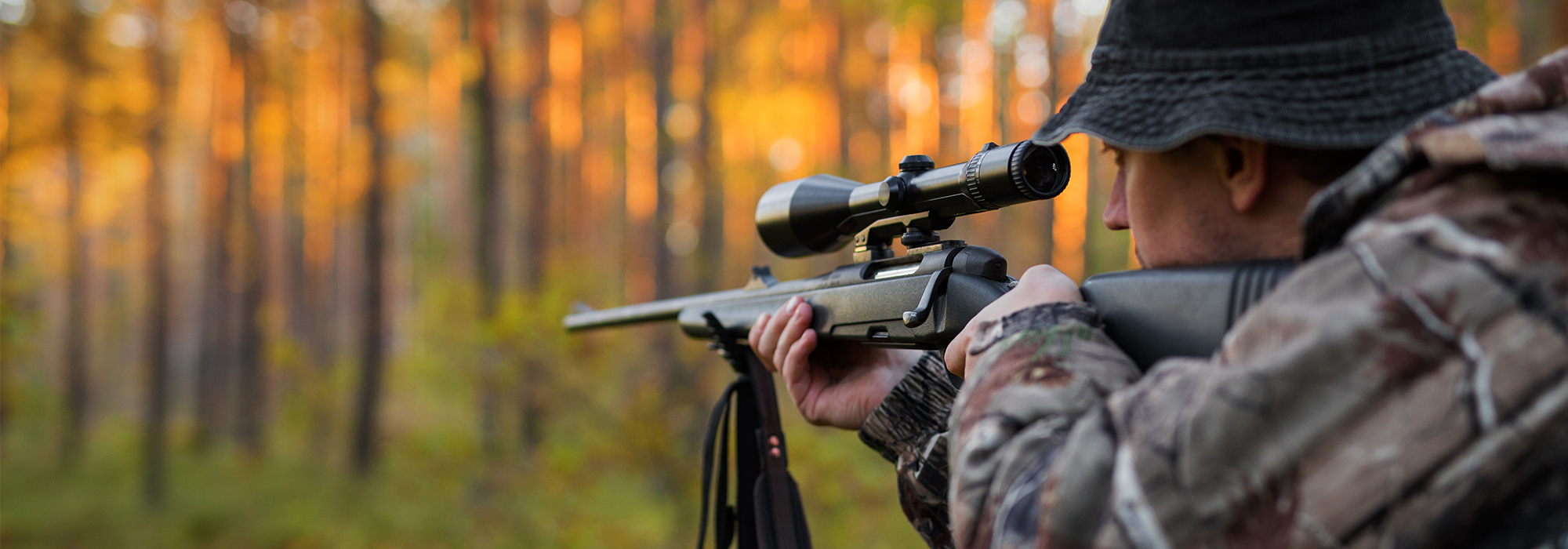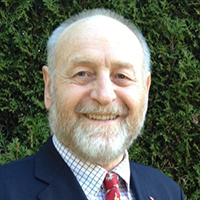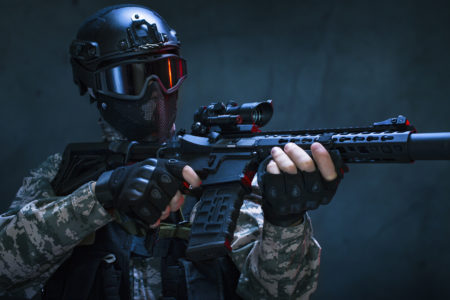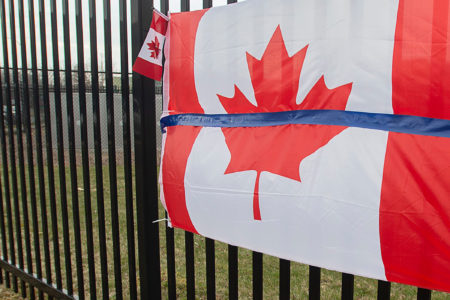
In a recent Policy Options article, Blake Brown maintains that “assault-style” rifles should be restricted, citing police concerns. Federal Crime Reduction Minister Bill Blair has conducted nation-wide consultations to see what Canadians think about banning similar types of firearms. But fanning fears about “assault-style” rifles merely diverts attention from more serious problems that Canadians need to face.
What are “assault-style” rifles and why should Canadians be frightened of them? Brown variously refers to “assault-style” rifles, “military-style weapons” and “semi-automatic” rifles. But these terms do not all refer to the same type of firearm. Interchanging the terms unduly stokes fears about civilian ownership of firearms.
Assault rifles are military weapons that can fire fully automatically, which means they continue to shoot as long as the trigger is held down. Canadian civilians have long been prohibited from owning such firearms; they are not used by the police, and few gang-related killings involve fully-automatic firearms. Just 2 of 266 firearms homicides in 2017 were reported to involve a fully automatic firearm. (See Table 5, page 30 of Statistics Canada’s document here.) However, it’s difficult to identify truly fully-automatic firearms from look-alikes, so these instances might even be errors.
In contrast, semi-automatic rifles require a separate trigger press to fire a shot. Millions of Canadians legally own and use firearms responsibly, including semi-automatic firearms. Most police forces in Canada are equipped with the kind of semi-automatic rifles that licensed and properly vetted Canadians can buy. While anti-firearms lobby groups call them assault weapons, the police call them patrol carbines. Blair recently stopped using the term “assault weapon,” acknowledging it is misleading.
Firearms, like any other tool, can be misused. But firearms are rarely used in violent crime – under 1 percent of the time, according to StatsCan. It does not make news, but firearms play a vital role in Canadian society. Over two million Canadian civilians – men and women – own and use firearms every day in a safe and responsible manner. Hunters use firearms for putting food on the family table; many families enjoy target shooting; farmers and orchardists rely upon firearms to protect their livestock, crops and other property from predators, and many households rely upon firearms to deter criminals. Canada’s Olympic athletes use semi-automatic firearms. In 1984, Linda Thom won Olympic gold with a semi-auto pistol.
Canada has strict firearms laws. To own a firearm, Canadians must undergo stringent screening to obtain a licence and again when they renew it every five years. Under a continuous eligibility screening program, police use nightly computer checks to review the eligibility of licenced firearms owners, looking for any complaints or warrants against them. Handguns (and some semi-automatic long guns) are registered and can only be transported to specified locations (gun shops and target ranges, for example) when they are unloaded with a trigger lock and in a locked container.
Canada’s system of gun control cost taxpayers over $2 billion, even though no convincing evidence has been found demonstrating that clamping down on law-abiding citizens has reduced criminal violence.
It is not evident what advantage can be gained from further tinkering with the current firearms law, either in Bill C-71 or by banning either handguns or semi-automatic firearms. In February 1995, the Canadian government banned more than half of then-legal handguns (see section 2.2.1.7, page 12 of this document), but the ban did not reduce handgun murders. Handguns continue to be the weapon of choice for criminals, and are the fastest growing type of firearm used in homicide.
In 1994, under then-US president Bill Clinton, the United States banned “assault weapons.” Ten years later, a National Academies study could not find convincing evidence that the ban had any beneficial effect. Nor did an international review of firearms laws find any examples of effective firearm bans.
Concerns about “assault style firearms” are overblown. In the United States, less than 1 percent of deaths by firearms are part of mass murders, representing 20 to 35 victims per 12,000 murder victims annually. In Canada, mass murder accounts for 2 to 3 victims out of 600 murder victims annually, and mass murders are not limited to firearms. Virtually none of the firearm murders is committed by a licenced gun owner. Cars and vans are also easily exploited by criminals and terrorists. Vans have occasionally been used in attacks in London and in Europe as well as Canada. The worst mass murder in Canada involved arson. But hype-filled media coverage of infrequent multiple murders involving firearms exaggerates the threat of “assault-style firearms.” Mass murders are horrible, but sensational news coverage paints a distorted picture of criminal violence.Focusing on scary-looking firearms diverts attention from more serious societal and economic problems.
The focus on “assault style” firearms might even be a red herring to distract attention from the failure of Canada’s police agencies to cope with challenges such as escalating gang violence, money laundering in casinos and property markets, and threats from Chinese cyber attacks. Our national police force, the RCMP, is stretched thin trying to cover all these problems. Expanding the firearms bureaucracy is not the best strategy for enhancing public safety.
We need to recognize that worries about scary-looking firearms are misplaced. Canada is facing real problems that are fundamentally more important. Why not go after gangs? For a start, violent criminals should be imprisoned longer and much more needs to be done to divert vulnerable youth from being recruited by gangs.
This article is a response to Why aren’t we tougher on “assault-style” firearms?, by Blake Brown (Policy Options, April 19, 2019).
Photo: Shutterstock by Kaspars Grinvalds
Do you have something to say about the article you just read? Be part of the Policy Options discussion, and send in your own submission. Here is a link on how to do it. | Souhaitez-vous réagir à cet article ? Joignez-vous aux débats d’Options politiques et soumettez-nous votre texte en suivant ces directives.









